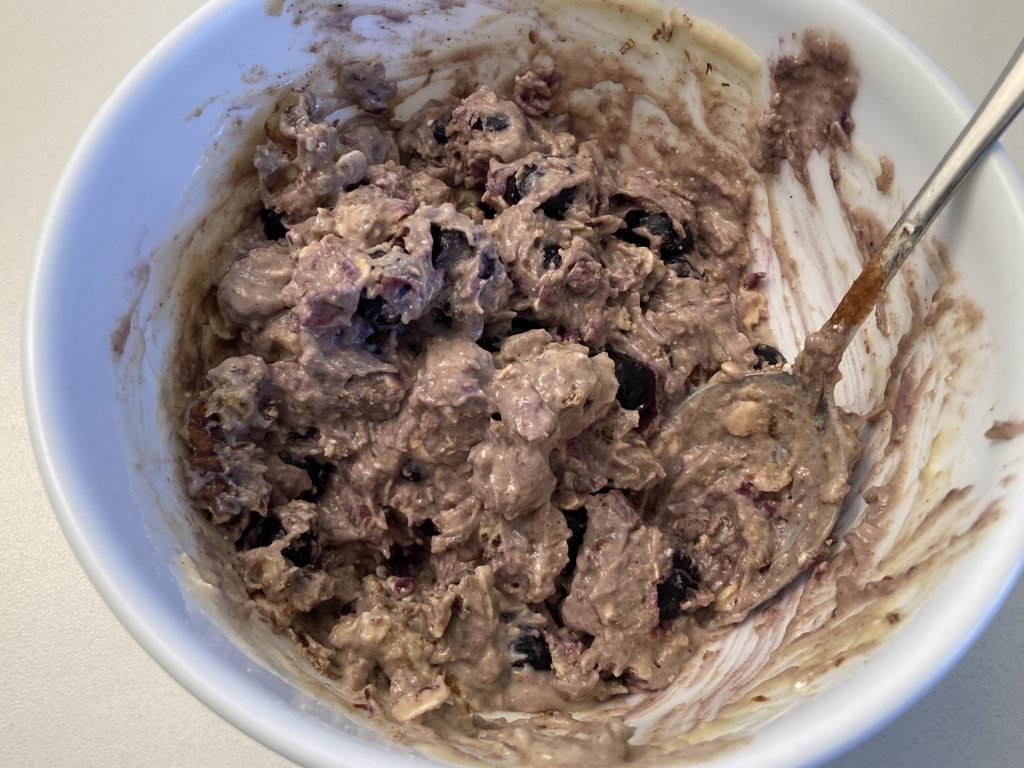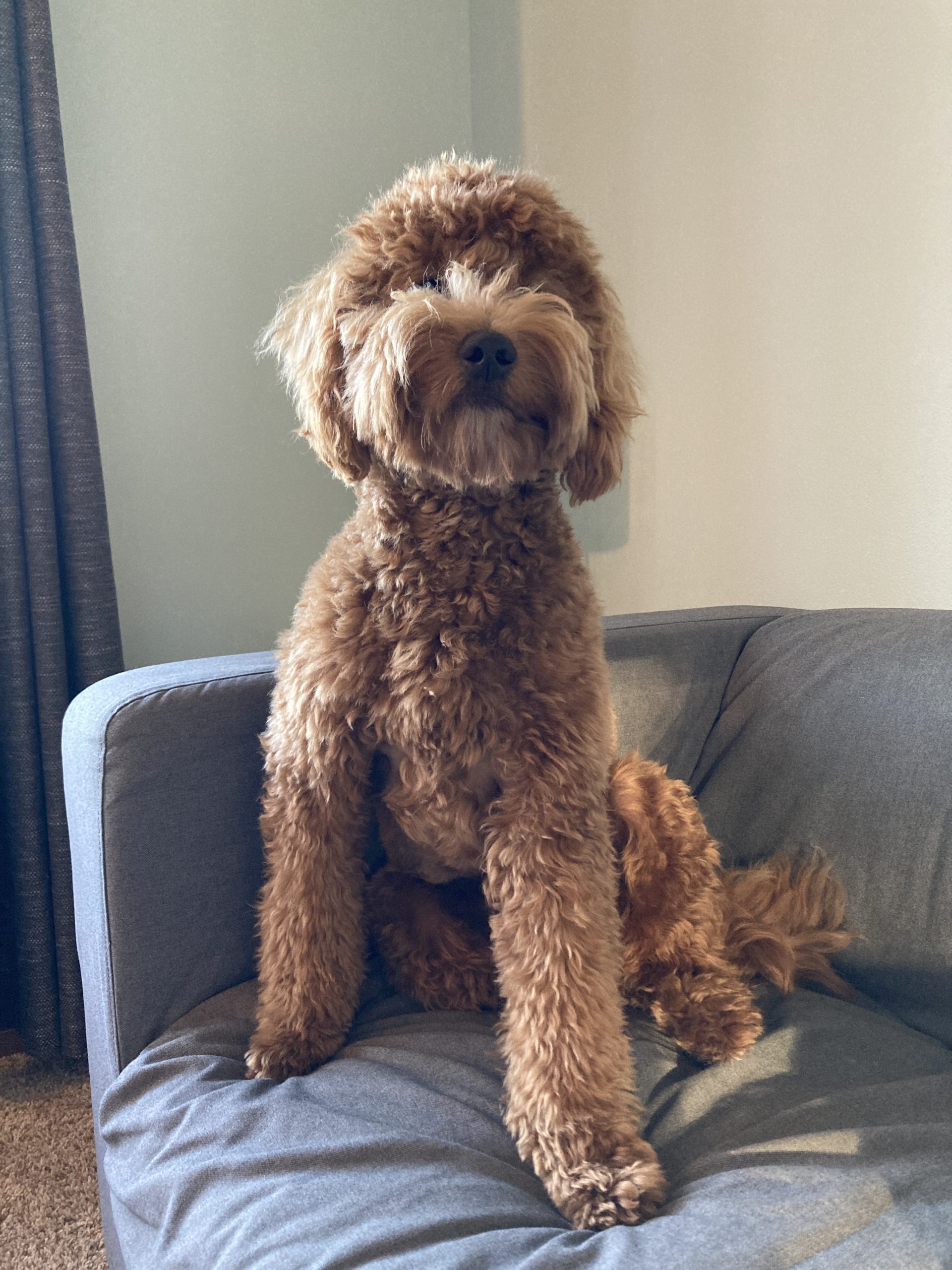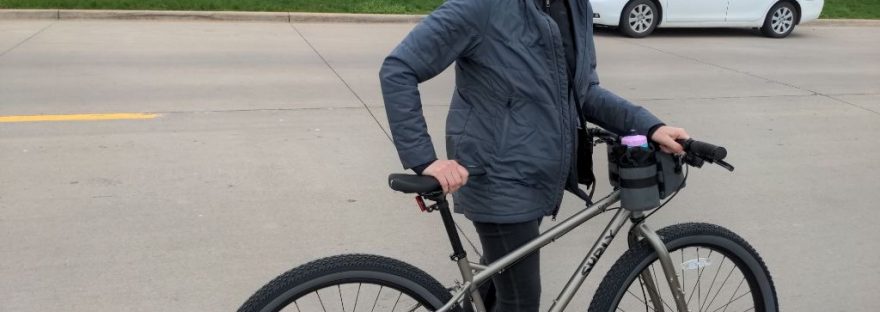Going through this health coaching program is reminding me of all the things I’ve known and then promptly forgotten about how to take care of this body! As of late, I’ve been bonked over the head with the reminder to do 150-200 minutes of moderate intensity aerobic activity each week. It was included in the class materials, then Dr. Huberman mentioned it as part of his Foundation Fitness Protocol, then Robb Wolf mentioned it on his recent podcast, and then I listened to a podcast with Dr. Huberman and Dr. Layne Norton where they mentioned it as well. OK OK – I get it!!
So Saturday I went out for a little jog/walk with the intent to stay within my Zone 2 heart rate. I was targeting about 122 (there are several different ways to calculate your Zone 2 HR – here are two sources: Phil Maffetone and MindBodyGreen). When I walked, my HR was too low, and when I ran for longer than a few minutes, it was too high. So I used my watch to moderate my pace. I would speed up when my HR got too low and then slow down when my HR got too high.
As I used my watch to modify my behavior, I realized how difficult it is to always stay on target – whether that is a target heart rate, or if it’s a target level of busy-ness/self-care. It’s much easier, and probably more human, to go too hard – be too busy – and then realize, “Ugh, this isn’t working for me” and then slow waaaaay down. And then suddenly you realize you’re watching way too much TV or coddling yourself just a LITTLE too much, and then you start amping up your projects, commitments, and workload. Back and forth ad nauseum. It would be so helpful to have a Heart Rate monitor for your life energy!
The concept of discovering and rediscovering the middle path is one I’m undergoing always. Between work (at the bank and at Space to be Human), training (Health Coaching, Somatic Experiencing, and Upledger Cranial Sacral), and life (eating, cleaning, exercising, connecting with people I care about, sleeping, etc.), I realized that I have, indeed, swung too far off center yet again – veering into the overwhelm zone.
So I went back to the drawing board. I wrote a list of things I need to do each week, and alongside it, a list of my core values: Family/Connection, Learning, Health. Then I went through my calendar and cleaned it up to get rid of things I cannot do (even though I might really WANT to do them), and then I took my long list of To Dos and either found a spot to schedule them in, or I just crossed them off my list.
I have more work to do on this, but at least right now I am feeling as if I have a doable couple of weeks ahead of me. It helps that we are going to Florida over Christmas break, and my health coaching class is on hiatus. 😊 I’m also going to take the advice of my Business Coach and GUARD MY TIME in January. Wintertime is when Nature rests and lies fallow. I need to follow her good example and figure out where I can let go!
“Life is a balance of holding on and letting go.” Rumi
Space to be Human Lab
If you are in pain and want to get back to doing what you love, you can book a bodywork session here.
Newsletter signup
If you would like to sign up to get these posts sent to you directly, please click here.





